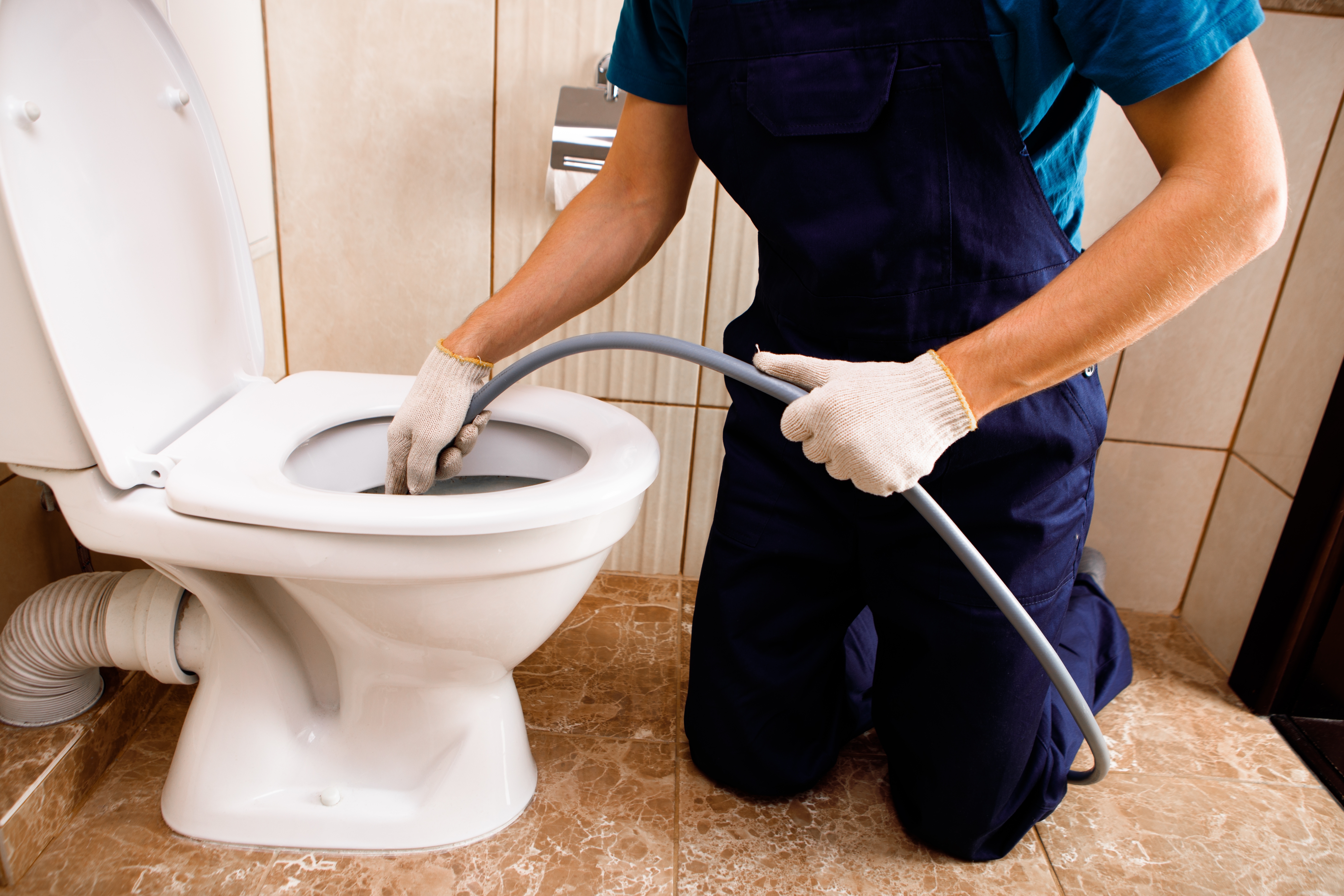Sewer Drains
Sewer and Drain Cleaning – Sewer Drains
Understanding Sewer Drains and Their Importance
A sewer drain transports waste from homes or buildings to the sewage system. Issues with sewer drains can escalate into significant plumbing problems, property damage, and health hazards. If you suspect damage or a clog in your sewer drain line, immediate action is essential.
Indicators That Your Sewer Drain Needs Repair
Here are some common signs of sewer drain problems:
- Multiple slow-draining toilets, sinks, showers, or tubs
- Exceptionally green and lush patches of grass in your yard
- Wet spots in your yard with a sewage odor, possibly caving in
- Increased presence of insects or rodents in your home
- Sewage smells inside or outside your house
- New cracks in your foundation or walls due to potential sinkholes
Sewer Drain Services Provided by Mr. Pipey Plumbing
When you reach out to Mr. Pipey Plumbing for help, expect a comprehensive evaluation of your sewer drain system. Our plumbers will present all available options and suggest the best solution. Our services include:
- Video camera inspection of sewer lines
- Sewer drain cleaning using specialized cable equipment and root cutting heads
- HydroScrub® Jetting technology for thorough sewer drain cleaning
- Excavation for pipe repair or replacement of the damaged section
- Spot repair for localized pipe damage
- Sewer pipe lining for small sections or the entire length of the pipe, offering a trenchless repair or replacement option
Finding Sewer Drain Repair Services Near You
With over 50 years of experience, Mr. Pipey Plumbing provides the expertise required for effective sewer drain services. We have more than 200 locations across the United States, so we're likely to be in your area. To schedule an appointment, call us or request an estimate online.
FAQs
No. Sewer drains transport waste from homes and buildings to wastewater treatment plants, while storm drains carry rainwater runoff from streets and gutters to nearby bodies of water.
The depth of sewer drains varies with local climate conditions. In some areas, they are buried as shallow as 18 inches, while in colder regions, they might be buried six feet deep to prevent freezing during winter months.







